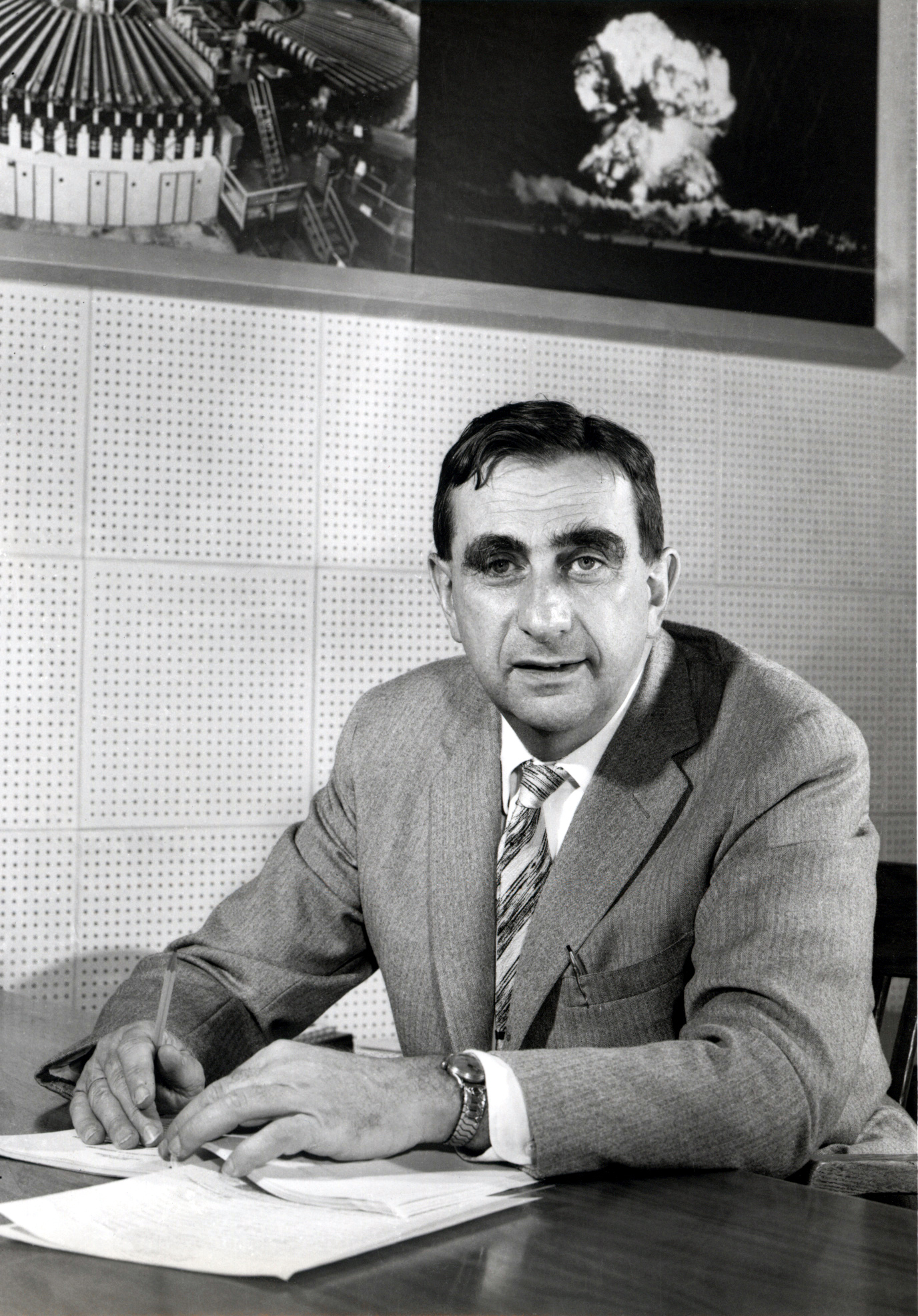Part 6 of 18 Parts (Please read Parts 1 thru 5 first)
While the ITER project looks like a dead end as far as commercial nuclear fusion power generation, there are a variety of smaller devices that use highly nonequilibrium, pulsed systems such as the so-called dense plasma focus (DPF). The DPF exploits self-organizing processes in the plasma to reach extremely high energy densities.
The second main approach to fusion is called inertial confinement fusion (ICF). The ICF approach does not try to limit the expansion of the plasma. The plasma is subject to extreme temperature and pressure before the fusion reactions are triggered which means that the majority of the fusion occurs before the plasma has a chance to expand. In the tiny instant in which the process is triggered, the energy released by each of the fusion reactions heat the plasma even more. The process becomes self-sustaining which is referred to as ignition. In essence, a tiny thermonuclear explosion is triggered. A future commercial nuclear fusion ICF reactor would be on a pulsed regime. Tiny pellets of fuel would be dropped one at a time into an explosion chamber and ignited by intense simultaneous laser pulses. The basis physics of ICF were developed in the context of nuclear weapons research and that research still overlaps with classified military research.
Up to the present, the only way to generate a large amount of excess energy from fusion reactions is the hydrogen bomb also referred to as the thermonuclear bomb. The technology of hydrogen bombs was first successfully tested on October 31, 1952.
While the U.S. was carrying out the Manhattan Project to build the first atomic bomb based on fission, the physicist Edward Teller developed the idea of a potentially far more destructive weapon. This new bomb would not be based on the triggering of a fission chain reaction of uranium. Instead, it would be based on the fusion of hydrogen isotopes. It was clear that chemical explosives could not generate the extreme temperatures needed to ignite fusion reactions .The only option was to use a fission bomb to trigger the fusion reactions needed for the hydrogen bomb.
In 1946, the physicists John von Neumann and Klaus Fuchs applied for a patent application for a modified approach to a hydrogen bomb. The title on the patent was “Improvement in the Methods and Means for Utilizing Nuclear Energy.” The contents of this patent is still an official U.S. government secret. However, a copy of the patent can be found in a series of volumes published in Russia in 2008 which contain declassified Soviet documents. In addition to detailed text with calculations and diagrams, there are commentaries on the patent by leading Soviet nuclear researchers in 1948. It turns out that Klaus Fuchs was a Soviet secret agent and he passed the patent to the Soviets.
The von Neuman-Fuchs design incorporates the basic operating principle of the hydrogen bomb developed by the U.S. The original hydrogen bomb design called for wrapping the fusion fuel around the fission bomb. The von Neuman-Fuchs design put the fusion fuel in a separate container and exploited the intense pulse of radiation generated by a fission explosion to heat, compress and ignite the fusion fuel.
The design of the device that was finally successfully tested in 1952 relied on this radiation implosion approach in a more advanced design created by Edward Teller and Stanislav Ulam. This is the famous two-state “Teller-Ulam configuration.” It became a model for the later development of laser-based fusion.
Please read Part 7 next
Nuclear Fusion 89 – Powerful Lasers And A Mixture of Hydrogen and Boron Are Being Researched As The Basis For Nuclear Fusion Power Generation – Part 6 of 18 Parts

Written by
in
